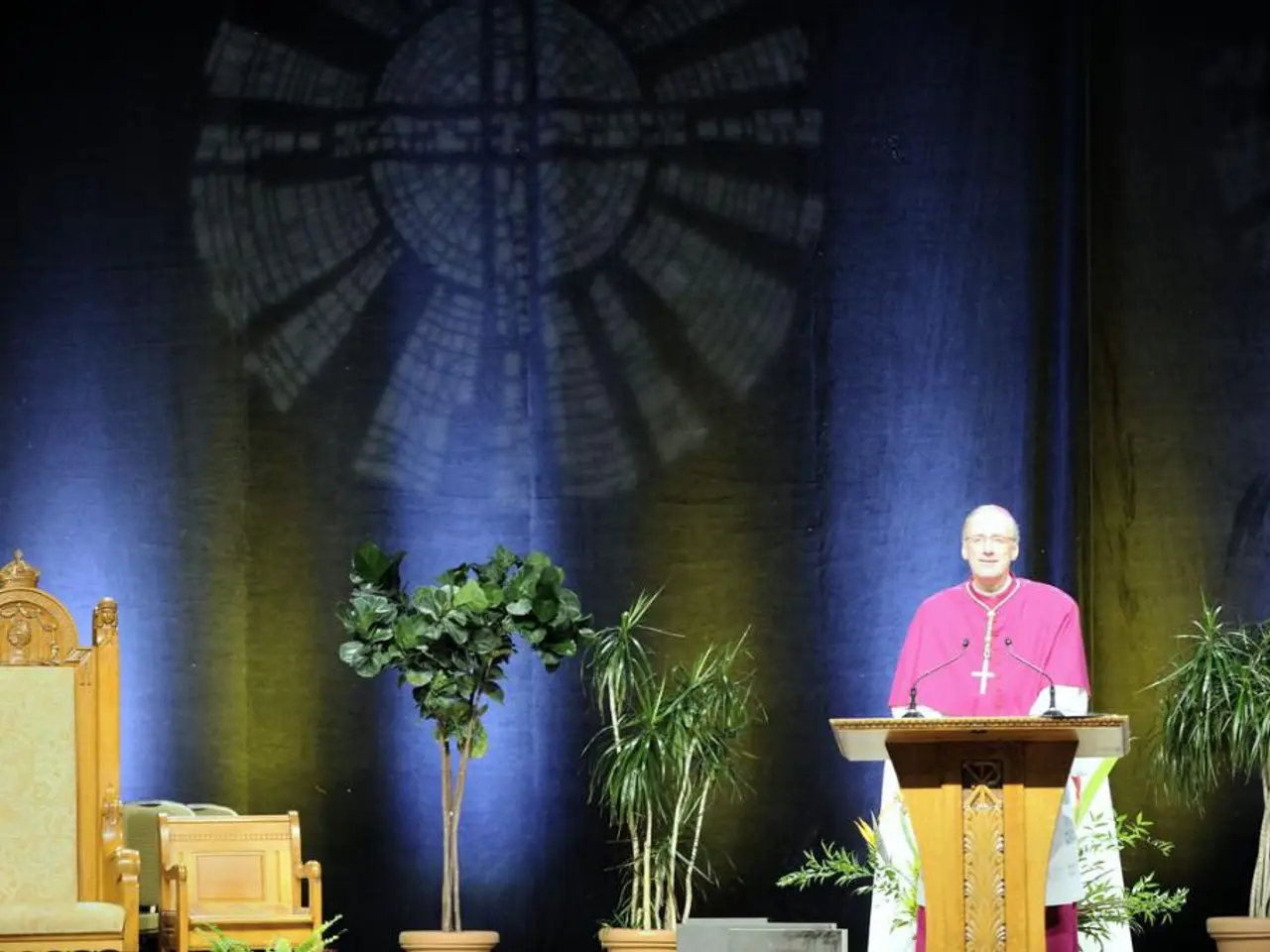John Roberts, the Chief Justice, intervened to halt the dismissal of the director at the National Portrait Gallery.
In a significant turn of events, John G. Roberts Jr., the Chief Justice of the United States and the ex officio chancellor of the Smithsonian Institution, played a pivotal role in upholding the institution's independent governance structure during a controversial dispute involving the director of the National Portrait Gallery, Kim Sajet.
Last week, Amy Sherald pulled the National Portrait Gallery's planned iteration of her mid-career survey, following the events that unfolded in May 2025. President Donald Trump, in a move that sparked controversy, claimed he fired Sajet via social media, criticising her support for diversity, equity, and inclusion (DEI) initiatives. However, the Smithsonian Institution, which runs the National Portrait Gallery, responded by emphasising their control over personnel decisions, contradicting Trump’s action.
Trump's decision was met with demand from Carlos Gimenez, a Republican Representative from Florida and a member of the Smithsonian board, to follow the president's orders regarding Sajet's firing. In response, Chief Justice Roberts objected to Trump's demands, asserting the Smithsonian's exclusive right to hire and fire museum directors. This assertion effectively blocked Trump's direct dismissal of Sajet.
The Smithsonian's board issued a resolution that reaffirmed this right, stating that only the board itself has the authority to hire and fire Smithsonian museum directors. According to a New York Times report, Roberts responded to Gimenez's demand with "We already have a motion on the floor." Sajet continued to report to work until she formally quit her post weeks later.
Trump, in his defense, called Sajet "a highly partisan person, and a strong supporter of DEI." However, Roberts' intervention prevented an immediate firing by the president, maintaining institutional governance norms. This incident underscores the importance of the Smithsonian Institution's independence and the role of its chancellor in upholding that independence.
In a surprising twist, it was also reported that Amy Sherald was asked to remove a portrait of a trans woman posing as the Statue of Liberty from the exhibition at the National Portrait Gallery. The details surrounding this request and its impact on Sherald's decision to pull her mid-career survey are yet to be disclosed.
References: 1. Smithsonian Institution 2. Kim Sajet 3. John G. Roberts Jr.
- The Smithsonian Institution's board, in a resolution, reaffirmed its exclusive right to hire and fire museum directors, citing policies and legislation that govern the museum's operation.
- Chief Justice Roberts, in response to a demand from Republican Representative Carlos Gimenez, asserted the Smithsonian's right to hire and fire museum directors during the controversial dispute involving Kim Sajet, the director of the National Portrait Gallery.
- Despite claims by President Donald Trump of Sajet being "highly partisan" and a "strong supporter of DEI," John G. Roberts Jr., the Chief Justice and ex officio chancellor of the Smithsonian Institution, intervened to block Trump's direct dismissal of Sajet, stressing the importance of maintaining the institution's independence.
- The incident involving Amy Sherald's withdrawal of her mid-career survey from the National Portrait Gallery, following Trump's criticism of the Gallery's director, Kim Sajet, brings focus to the role of art and exhibition in museums within the framework of general news, politics, and potentially crime-and-justice discussions.







